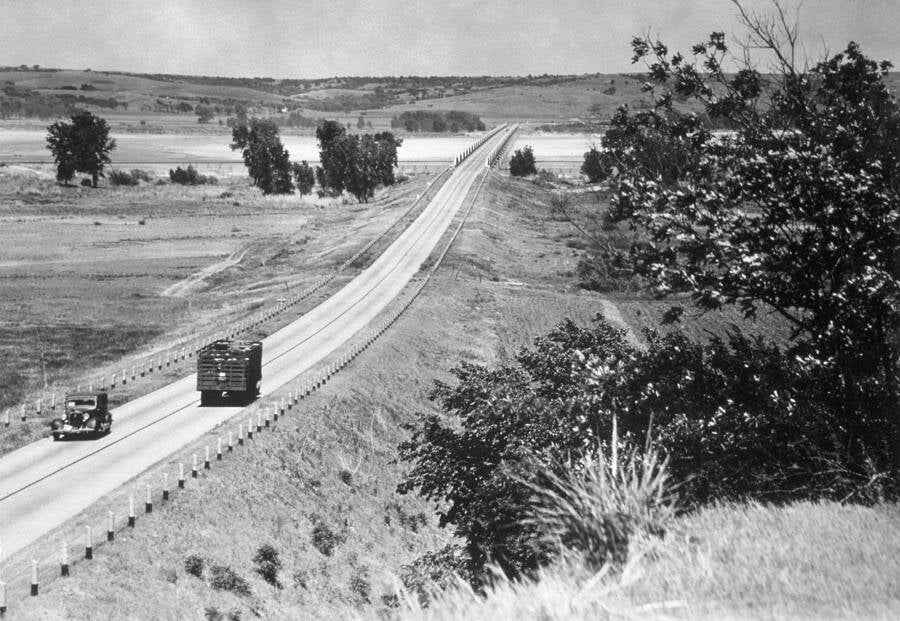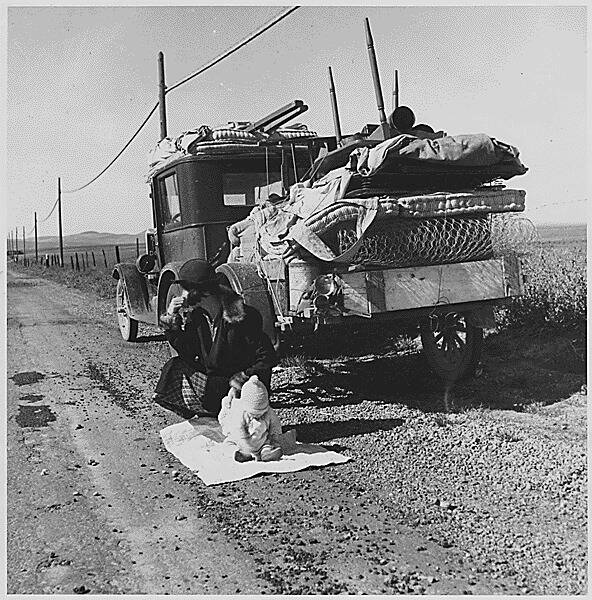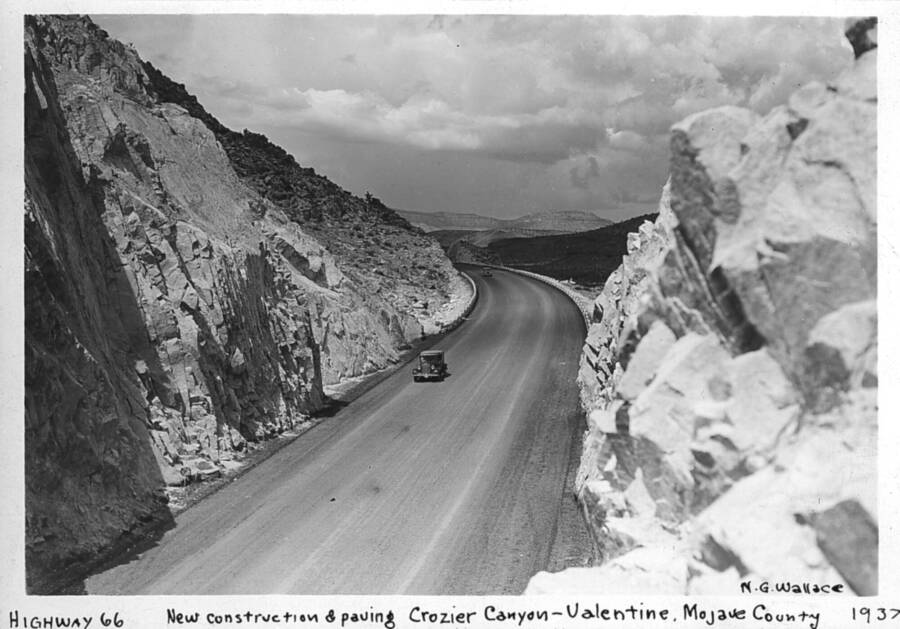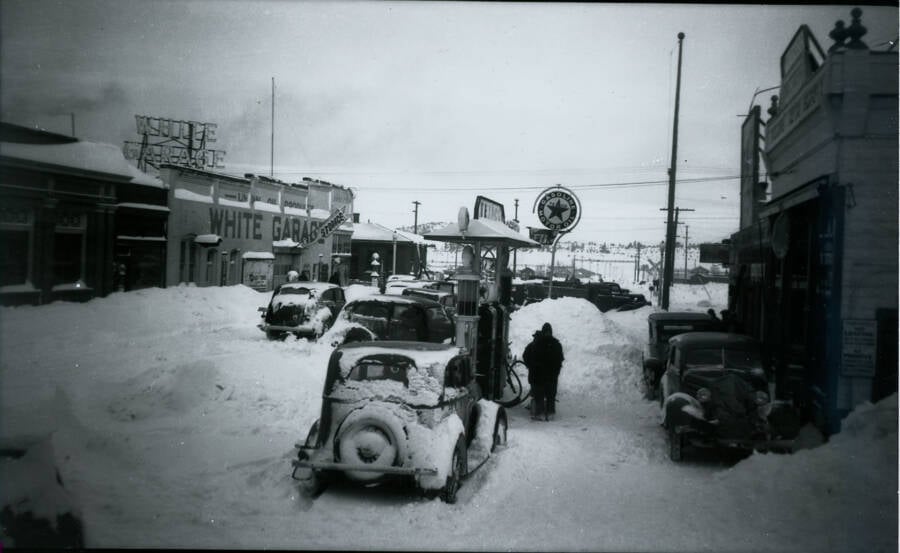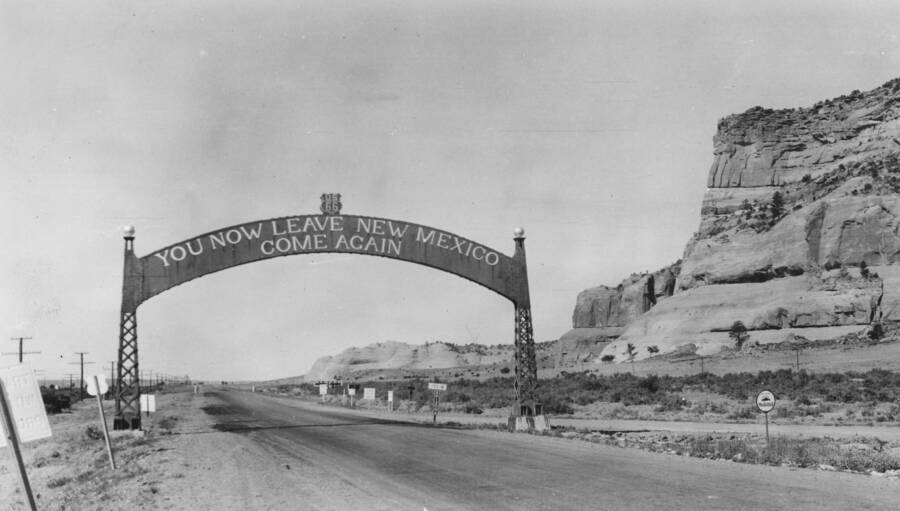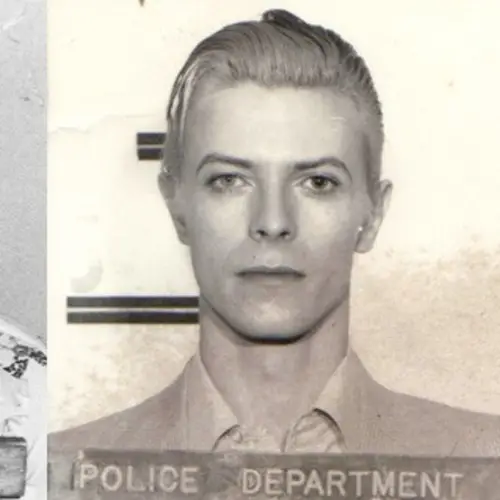In the 1920s, Route 66 was promoted as "the shortest, best and most scenic route from Chicago through St. Louis to Los Angeles," and as traffic increased, motels, restaurants, and gas stations began popping up along the road to cater to travelers.
In 1946, Bobby Troup released the hit song "(Get Your Kicks on) Route 66." The catchy tune cemented the famed route, with its 2,400 miles of roads across North America, as a place of adventure, fun, and freedom. But while its stunning views, small towns, and roadside attractions made historic Route 66 famous, Troup's depiction of the highway is just one part of its story.
Established in the 1920s as part of the first federal highway system, Route 66 connected the plains of Chicago to the Pacific Ocean in California. In its early days, it attracted Dust Bowl migrants fleeing arid conditions in the Great Plains who hoped to find opportunity in the West. But as time went on, the image of the "mother road," as John Steinbeck famously called it in his 1939 novel The Grapes of Wrath, began to change.
In the post-war years, more Americans had cars than ever before, and they wanted to get out and drive them. Route 66 was the perfect place for a family road trip, and while most families headed toward attractions like the Grand Canyon and Disneyland, they also stopped at the plethora of roadside stops, motor inns, and drive-in movie theaters.
Ultimately, the Interstate Highway System of the 1950s spelled the beginning of the end of historic Route 66's fame. But though it's transformed since its glory days, the iconic road maintains a special place in the American psyche — and continues to draw visitors from around the world.
The 'Shortest, Best And Most Scenic' Route
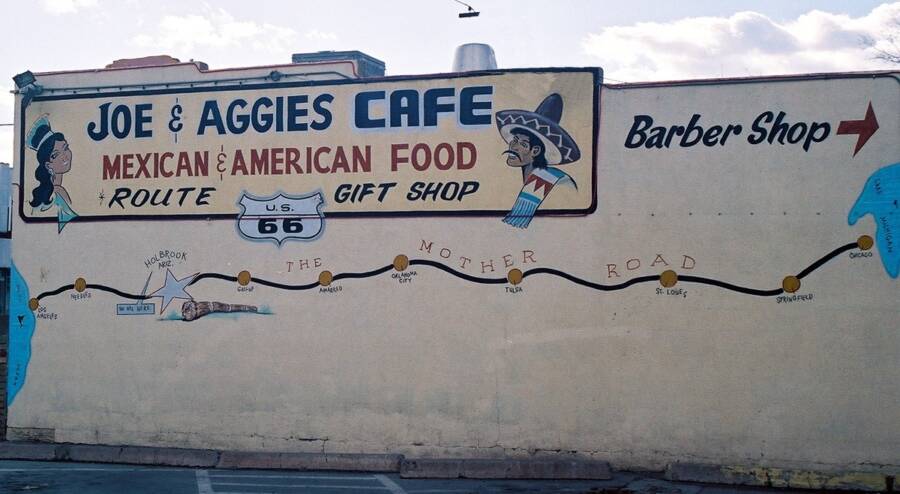
National Archives and Records AdministrationA roadside attraction in Holbrook, Arizona, shows the rough outline of historic Route 66, the 2,448-mile route that connected Chicago, Illinois, to Santa Monica, California.
Route 66 was born in 1926, when the Bureau of Public Roads set out to design the nation's first federal highway system. The winding route, made from local, state, and national roads, would begin in Chicago and stretch 2,448 miles across the country to the beaches of Santa Monica, California. The U.S. 66 Highway Association called the route "the shortest, best and most scenic route from Chicago through St. Louis to Los Angeles."
But, at first, most people used the new highway out of necessity — or even desperation. As the Dust Bowl and the Great Depression ravaged communities in the 1930s, many families in the Great Plains decided to take a chance and travel to California for new opportunities. Novelist John Steinbeck immortalized this trek in his 1939 novel The Grapes of Wrath when he called Route 66 "the mother road... the road of flight."
In the years before World War II, the route was also maintained as part of Great Depression public works programs. By 1938, it became the first highway to be completely paved in the United States, according to the Federal Highway Administration. What's more, the migrants moving west provided ample business for the inns, restaurants, and other attractions that begin to pop up along the famous route.
Then, after World War II, Route 66's fame grew for another reason.
How Historic Route 66 Became An American Icon
During World War II, the famous Route 66 stayed busy servicing both members of the military and civilians traveling to the West Coast to find work at defense plants. But after the war, the highway became a travel magnet in a new way.
In the post-war years, Americans had money to spend — and were eager to spend it. What's more, while car ownership in the United States had been steadily climbing since the beginning of the 20th century, it skyrocketed in the late 1940s and 1950s. At the end of the war, 25.8 million cars were registered in the United States; by 1955, that number had more than doubled to 52.1 million. And, with travel restrictions lifted, many Americans looked to the open road.
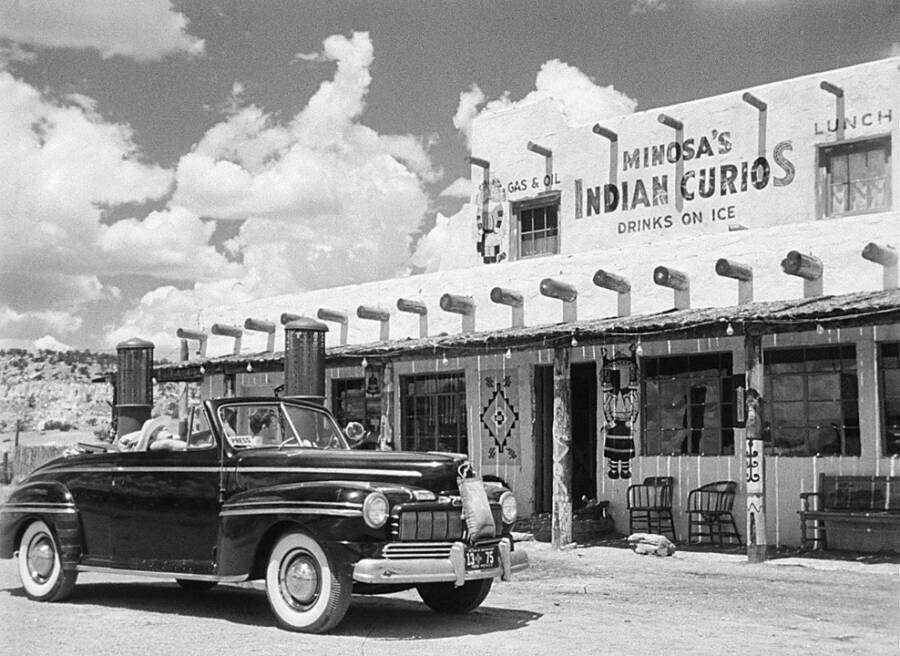
Route 66 Postcards/FacebookMinosa's Trading Post in Manuelito, New Mexico, in the 1950s. Originally built as a movie set, it was later used by the store owner to attract tourists driving on Route 66.
One of these Americans was Bobby Troup. After driving across the country with his wife, he wrote the iconic song "(Get Your Kicks on) Route 66" in 1946. Suddenly, the highway was no longer a road taken by desperate people going west. It was an adventure for all.
Despite this, the iconic road's days were numbered. In 1956, President Eisenhower signed the Federal-Aid Highway Act. The legislation would build interstates across the country — and make historic Route 66 obsolete.
The Decline Of The Famed Route 66 — And Its Revival
The Interstate Highway System was different from Route 66. Whereas the scenic route curved across the land, making its way through towns and around obstacles, interstate highways went directly through everything. Between the 1950s and the 1980s, Interstates I-55, I-44, I-40, I-15, and I-10 replaced Route 66.
In 1985, the iconic route was officially decommissioned.
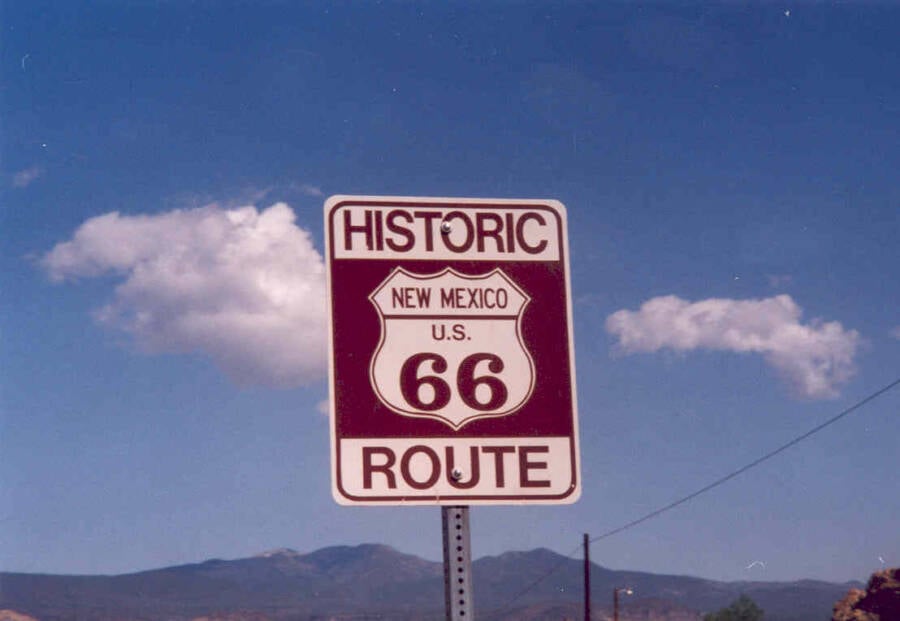
Public DomainThough the famous Route 66 was decommissioned in 1985, the path of the iconic road is still marked today.
For many, it was more than an end of an era. The replacement of the famed Route 66 with interstate highways meant that many of the restaurants, inns, and roadside attractions that had relied on tourism were forced to close. Locals in Williams, Arizona, were so outraged that they reportedly opened fire on bulldozers that came to build the interstate.
That said, historic Route 66 is not entirely gone today. In 1990, Congress recognized that the famous Route 66 had "become a symbol of the American people's heritage of travel and their legacy of seeking a better life." Then, in 1999, President Bill Clinton signed a National Route 66 Preservation Bill that provided $10 million to preserve and restore features of the iconic road. And in 2008, the World Monuments Fund put Route 66 on its list of the 100 Most Endangered Sites, which has also spurred efforts to preserve the road.
Though it's decommissioned today, the famed highway is far from forgotten. According to Smithsonian Magazine, 85 percent of the original road remains drivable, and many of its most iconic roadside attractions are still in business.
As such, it's still possible to "get your kicks" on historic Route 66. Until then, enjoy the gallery above of vintage images from America's most iconic road.
After reading about the rise and fall of America's most iconic highway, look through these stunning colorized photos of the 1950s. Or, discover the stories of some of America's weirdest roadside attractions.
